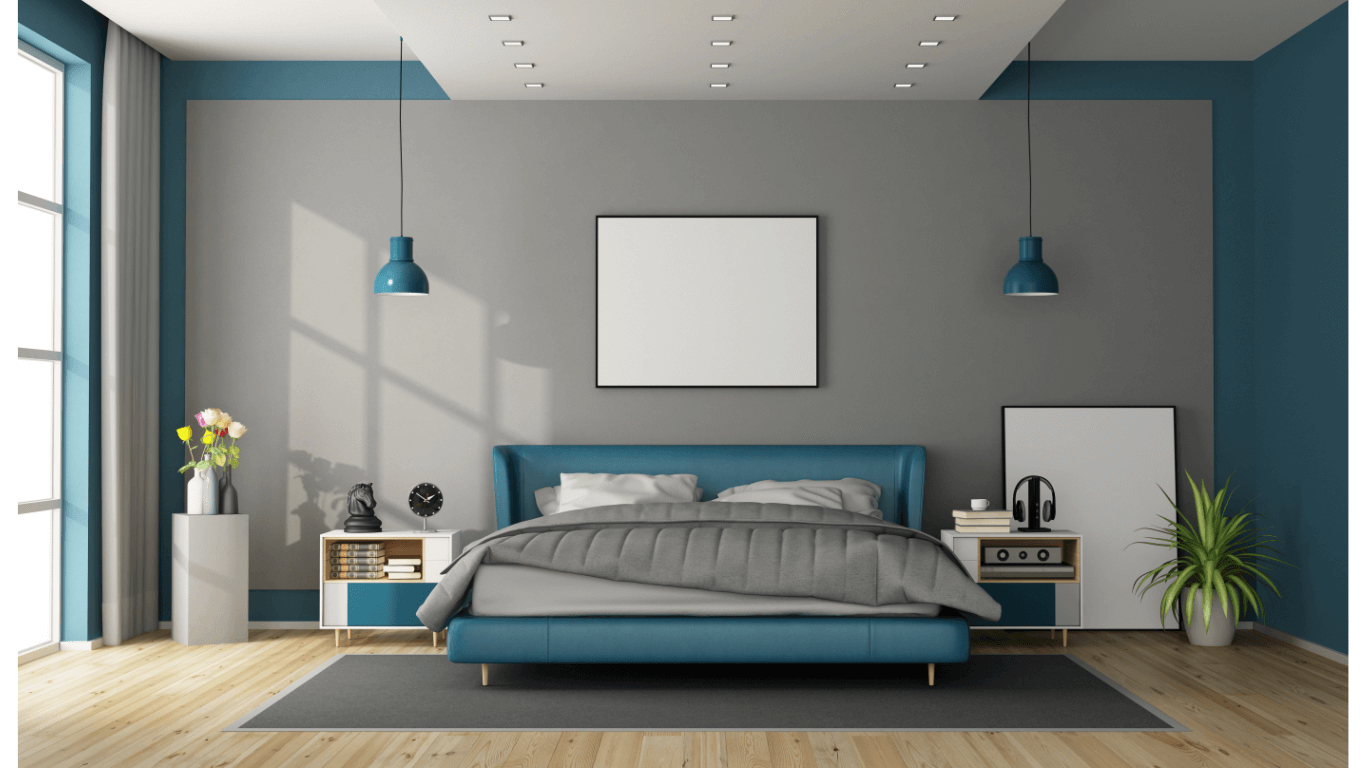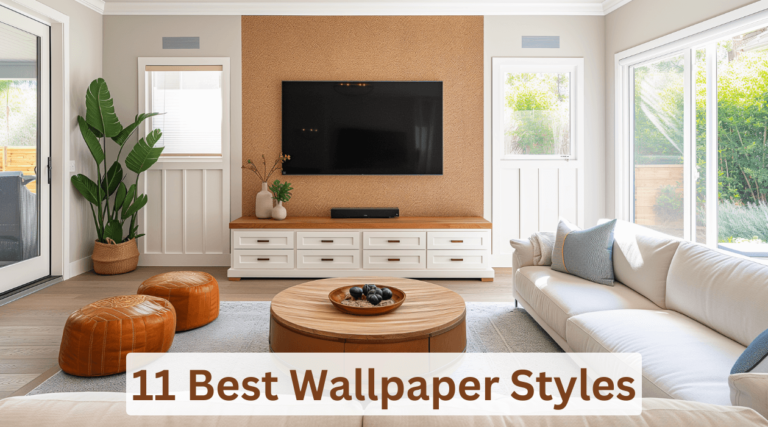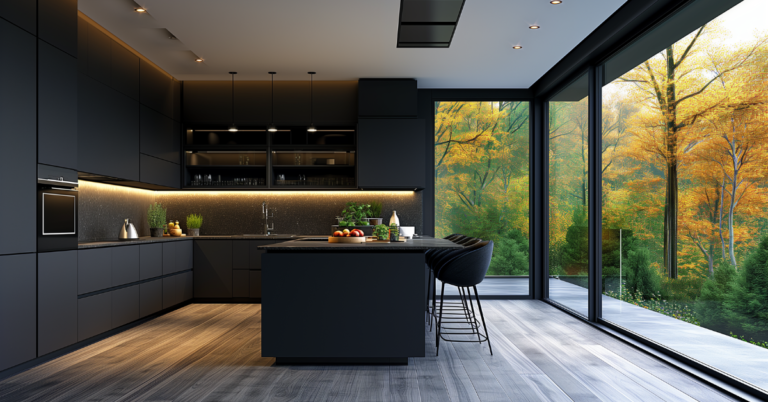Decorating a space can be a daunting task, especially when it comes to choosing the right colors. It’s easy to get lost in a sea of hues and end up with a space that feels cluttered and unbalanced. That’s where the 60-30-10 decorating rule comes in. This simple yet effective rule of thumb helps take the guesswork out of color choices, making it easy to achieve a cohesive and well-designed space.
In this article, we’ll take a closer look at the 60-30-10 decorating rule, how to use it, and specific examples of how it can be applied in different rooms. We’ll also explore color theory basics, the importance of creating a color palette, and ways to break the rule effectively. So, whether you’re a seasoned designer or a beginner looking to spruce up your space, read on to learn how to create a gorgeous, well-balanced space with the 60-30-10 decorating rule.
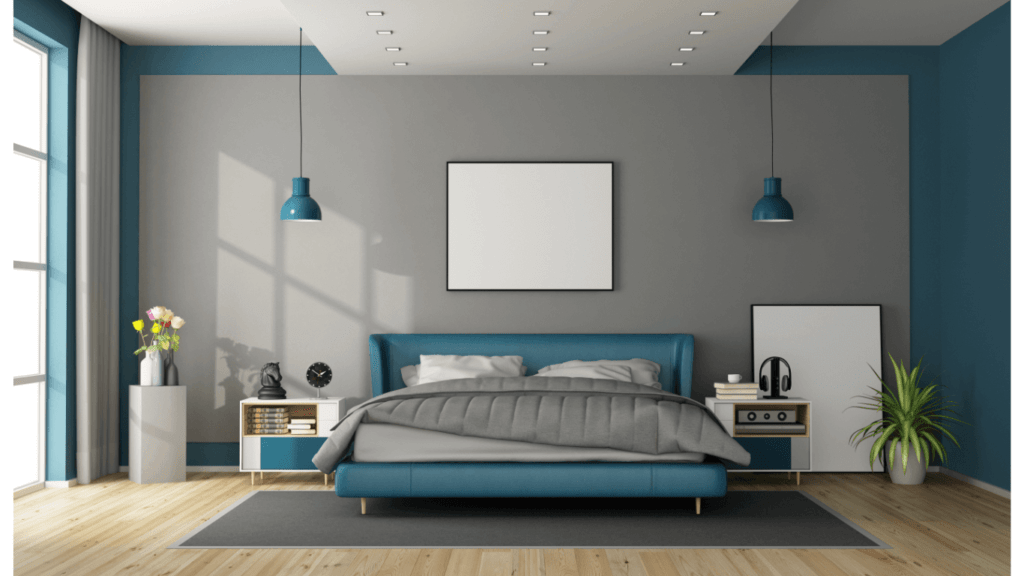
Definition of the 60-30-10 rule
Simply put, this rule suggests that you should divide your color scheme into three parts: 60% of a dominant color, 30% of a secondary color, and 10% of an accent color.
The purpose of the 60-30-10 rule is to create a harmonious and balanced color scheme in a space. By choosing a dominant color that covers the majority of the room, a secondary color that complements it, and an accent color to add a pop of interest, you can create a cohesive and visually appealing space.
But why is choosing the right colors so important in decorating? Well, colors have the power to evoke emotions and set the mood in a room. For example, warm colors like red and orange can create a cozy and inviting atmosphere, while cool colors like blue and green can make a space feel calm and serene. By carefully selecting colors that complement each other and fit the intended mood of a room, you can create a space that’s not only aesthetically pleasing, but also emotionally impactful.
That’s why the 60-30-10 rule is such an important tool for any designer or decorator. By following this simple rule, you can ensure that your color choices are well-balanced and thoughtfully curated, resulting in a space that’s not only beautiful, but also feels just right.
Understanding the 60-30-10 rule
The 60-30-10 rule is a simple, yet powerful tool for creating a well-designed color scheme. As we mentioned earlier, it involves breaking down the color scheme of a room into three parts: 60% of a dominant color, 30% of a secondary color, and 10% of an accent color. This allows for a cohesive and harmonious color palette that doesn’t overwhelm the eye.
So, why does the 60-30-10 rule work so well? It’s all about balance. By dividing the color scheme into three parts, you can create a sense of balance in a room that’s visually pleasing. The dominant color sets the tone for the room, while the secondary color complements it without overpowering it. The accent color, on the other hand, adds a pop of interest and keeps the space from feeling too monotonous.
Using the 60 30 10 decorating rule can help achieve a balanced look in several ways. First, it allows you to create a color scheme that’s visually interesting without being overwhelming. Second, it ensures that the colors you choose complement each other, resulting in a harmonious look that’s pleasing to the eye. And finally, it allows you to add interest and variety to a space without creating too much contrast.
So, if you’re looking to achieve a well-designed space, the 60-30-10 rule is definitely a tool you’ll want to have in your arsenal. By following this simple rule, you can create a color scheme that’s visually interesting, well-balanced, and sure to impress.
How to use the 60-30-10 rule
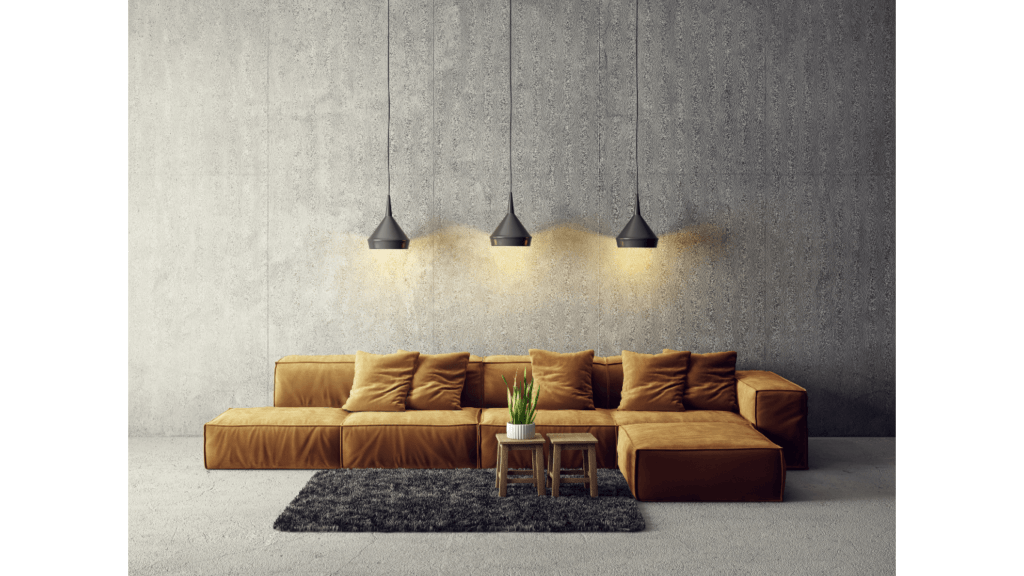
Now that we’ve covered the basics of the 60 30 10 decorating rule, it’s time to discuss how to apply it to your own home. In this section, we’ll walk through the steps of using the rule, as well as offer some tips for using it effectively.
First, let’s go over the steps for applying the 60 30 10 decorating rule. The first step is to choose your dominant color. This color should make up 60% of your color scheme and will set the tone for the room. Next, choose your secondary color, which will make up 30% of your color scheme. This color should complement your dominant color and provide a contrast to it. Finally, choose your accent color, which will make up 10% of your color scheme. This color should be a bold or bright hue that adds interest to the room.
When using the 60-30-10 rule, it’s important to keep a few things in mind. First, remember that the proportions are just a guideline. You don’t have to stick to them exactly, but rather use them as a starting point. Second, be sure to choose colors that work well together. You can use a color wheel to help you find complementary colors or colors that are next to each other on the wheel. Finally, consider the size and layout of your room when choosing your colors. Lighter colors can make a room feel more spacious, while darker colors can make it feel cozier.
The importance of proportion in the 60 30 10 decorating rule cannot be overstated. When applied correctly, it ensures that your color scheme is balanced and visually appealing. If you were to use equal amounts of all three colors, for example, it would create a sense of chaos and disorganization. By following the 60-30-10 rule, you can create a cohesive and harmonious color scheme that’s sure to impress.
Specific 60-30-10 rule examples
When it comes to applying the 60-30-10 rule in your decorating scheme, it’s important to understand the elements that make up this design principle. The 60% represents the dominant color in the room, which is usually the walls, flooring or large furniture pieces. The 30% represents the secondary color, which could be used for upholstery, curtains, or other textiles. The 10% is the accent color, used for accessories, decorative objects or small pieces of furniture.
To give you a better idea of how to apply these elements in your space, let’s take a look at some examples. For the 60%, you might choose a neutral beige or grey for your walls, or a deep blue or forest green if you want a more dramatic look. The 30% could be a warmer shade of beige or grey for your sofa or a complementary color like a soft pink or rust for your curtains. For the 10%, consider adding pops of color with accent pillows, a decorative vase, or a statement piece of art on the wall.
Remember, the key is to use these elements in proportion to create a cohesive and balanced look. For instance, you could use the 60% element in the largest area of the room, the 30% in a slightly smaller area, and the 10% in the smallest area. Or, you could use the 60% in two-thirds of the room and the 30% in one-third, while the 10% is sprinkled throughout as small accents. Whatever method you choose, be sure to keep the balance in mind and play around with different combinations until you find the right one for your space.
How to choose your 3 colors
Choosing colors can be a daunting task, but fear not, as a professional interior designer, I’m here to guide you. The key to choosing the right colors for your space is to think about the mood and atmosphere you want to create. Do you want a calm and peaceful space or a vibrant and energetic one? Once you have a clear idea, you can begin to consider your color options.
Color theory basics can be a helpful guide when choosing your colors. Think about the color wheel and how colors relate to one another. Complementary colors, which are opposite each other on the wheel, can create a bold and striking look. Analogous colors, which are adjacent to each other on the wheel, can create a harmonious and cohesive look. Triadic colors, which are evenly spaced around the wheel, can create a balanced and dynamic look.
When choosing your three colors, start with the dominant color, which will make up 60% of the space. This should be a neutral or calming color, such as a shade of white or beige, or a calming blue or green. Next, choose your secondary color, which will make up 30% of the space. This color should be a little more vibrant and can be a shade of the dominant color or a complementary or analogous color. Finally, choose your accent color, which will make up the remaining 10% of the space. This color should be bold and eye-catching, and can be used in accessories such as pillows, artwork, or a statement piece of furniture.
Using a color wheel can be a helpful tool when choosing your colors. Look at the colors that are adjacent to your chosen color and consider using those as your secondary and accent colors. Remember, the key is to achieve balance and harmony, so be mindful of the proportions of each color you use. By following these tips and considering color theory basics, you can create a color palette that is both beautiful and functional.
Can I break the 60 30 10 rule?
As an interior designer, I’m often asked if the 60 30 10 rule is set in stone. The answer is no. While the rule is a helpful guideline, it’s not a hard and fast rule that can’t be broken. In fact, there are times when breaking the rule can lead to even more interesting and unique designs.
One instance when it’s okay to break the rule is when you want to create a monochromatic color scheme. In this case, you may choose to use varying shades of a single color, rather than three distinct colors. Another situation where it’s okay to break the rule is when you want to create a bold, eclectic look with a mix of different colors and patterns.
If you do decide to break the 60 30 10 decorating rule, there are some things to keep in mind to ensure that your design still looks cohesive. One tip is to use a unifying element, such as a particular texture or pattern, to tie the different colors together. You can also use one color as the dominant color, with the other colors playing a supporting role.
Overall, the 60-30-10 rule is a great starting point for any design project, but don’t be afraid to break it if it helps you achieve the look you want. The key is to be intentional with your design choices and to make sure that your colors work well together, no matter how you choose to apply them.
The Interior Design Color Wheel: Explained
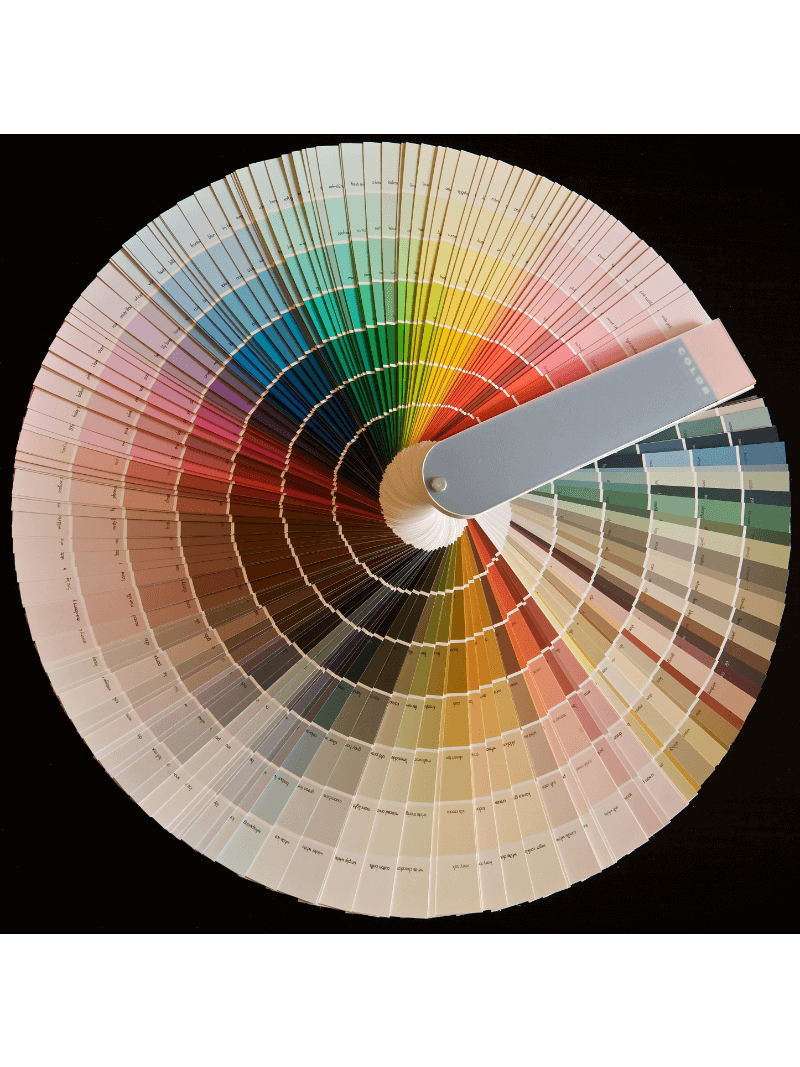
Understanding the color wheel is an essential tool for any interior designer. Simply put, it’s a tool that helps us understand how colors relate to each other. The color wheel is made up of primary, secondary, and tertiary colors, all of which play a role in the 60-30-10 rule. Primary colors are red, blue, and yellow, which can be mixed to create secondary colors. These are green, purple, and orange. Tertiary colors are the result of mixing primary and secondary colors.
When decorating, using the color wheel can help you choose colors that complement each other. You can choose colors that are next to each other on the color wheel, known as analogous colors, for a harmonious and serene look. Alternatively, you can choose colors opposite each other on the wheel, known as complementary colors, for a bolder and more dynamic effect.
Color palettes are the specific combinations of colors you choose for your space. You can use the color wheel to create a monochromatic, analogous, or complementary 60-30-10 color palette. Remember to keep the 60-30-10 painting rule in mind when choosing your colors, and don’t be afraid to get creative with your choices. With a bit of understanding of color theory and the color wheel, you can create a beautiful and cohesive color palette that will enhance the overall look and feel of your space.
A great placed to learn more about the color wheel is canva click here
The Best Rooms for the 60-30-10 Decorating Rule
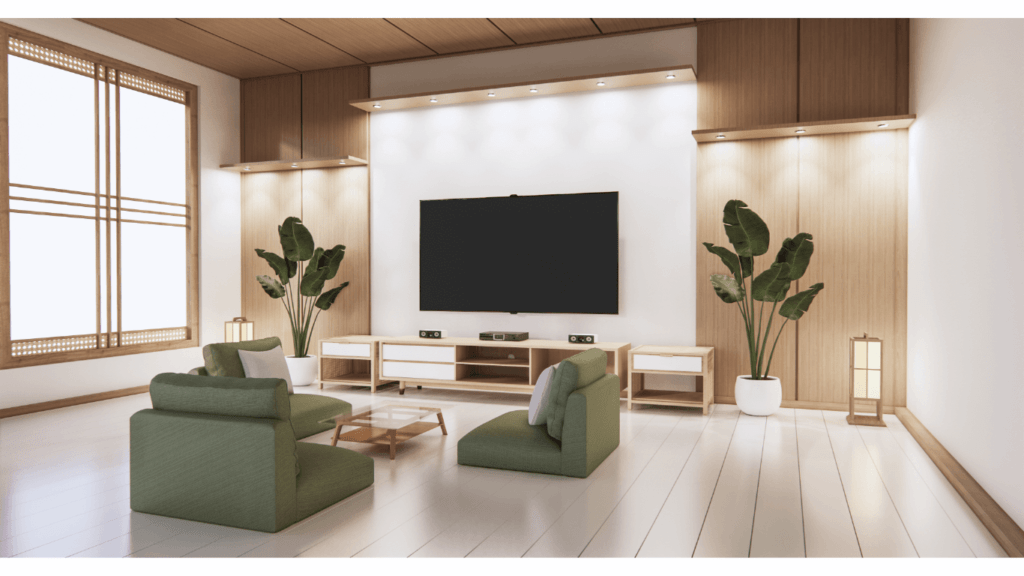
As an interior designer, I often get asked about which rooms are best suited for the 60-30-10 decorating rule. While this rule can be applied to any room, some rooms lend themselves more naturally to this principle than others. For instance, living rooms and bedrooms, where you’ll typically find the most furniture and accents, are perfect spaces to use the 60-30-10 rule.
When it comes to using the rule in different rooms, keep in mind that you’ll want to adjust the percentages based on the room’s size and purpose. For example, if you have a smaller space, you may want to increase the percentage of your dominant color to create a cohesive look. Similarly, if you have a larger room, you may want to decrease the percentage of your dominant color to make the space feel more open.
As for examples of how to use the rule in various rooms, the possibilities are endless! In a bedroom, for instance, you could use a neutral color like white as your dominant color, a soft blue as your secondary color, and a vibrant coral as your accent color. This would create a calming yet energizing environment, perfect for restful sleep and relaxation.
In a kitchen, you might opt for a bright red as your dominant color, a warm brown as your secondary color, and a crisp white as your accent color. This would create a bold and inviting space that’s perfect for hosting friends and family.
Inspiring 60-30-10 Ideas
When it comes to decorating, the 60-30-10 rule is a helpful guideline to achieve a harmonious and well-balanced design. But how can you use this rule to create a space that is unique and reflects your personal style? The answer lies in getting creative with your color choices and exploring new possibilities.
One way to do this is by trying out different color combinations. For instance, you can opt for a neutral base of whites and grays with pops of blue and yellow as accent colors, or mix jewel tones like emerald green and amethyst with a soft pink or peach.
Another way to get creative with the rule is by using bold colors. While some may shy away from vibrant hues, they can add an unexpected and eye-catching touch to any room. Consider using a bright red as your 10% accent color or a deep navy as your 60% dominant color.
Finally, don’t be afraid to play with different textures and patterns to add depth and interest to your design. You can mix and match materials like velvet, linen, and leather or experiment with geometric prints, stripes, and florals to create a dynamic and visually appealing space.
By exploring different color combinations and being adventurous with your design choices, you can create a unique and stunning space that truly reflects your personal style. Remember, the 60-30-10 rule is just a starting point, and the possibilities are endless!
Color Theory for Interior Design
Color theory is the foundation of interior design, and understanding its basics is crucial in achieving a cohesive and visually pleasing space. As a quick recap, color theory is the study of how colors interact with each other and the emotional responses they elicit. Color plays a significant role in our lives, and it can influence our moods and behavior. This is why selecting the right colors for your space is essential.
When designing a room, color should be one of the first elements to consider. The right color palette can create a harmonious environment, while the wrong colors can disrupt the balance of a room. When choosing colors for your space, it’s important to think about the mood you want to create and how you want the room to feel.
To use color theory in designing a space, start by selecting a color scheme that suits your taste and the room’s purpose. Consider using the 60-30-10 rule to achieve a balanced look. This rule helps ensure that the dominant color takes up the majority of the space, with the secondary color occupying less visual space and the accent color used sparingly to create pops of interest.
Incorporating a mix of warm and cool colors can also create depth and visual interest in a room. For example, pairing warm hues like reds and oranges with cool blues or greens can make a space feel more inviting and dynamic. Alternatively, choosing a monochromatic color scheme can create a serene and calming environment.
In summary, color theory is essential in interior design and should be a key consideration when designing a space. By understanding the basics of color theory and applying it through the use of the 60-30-10 rule and color schemes, you can create a visually appealing and harmonious environment that suits your personal style and enhances your overall well-being.
Summary
As we come to the end of our discussion on the 60-30-10 decorating rule and how to color coordinate a room, I hope you now have a better understanding of how to use this technique to create a beautifully balanced space. Remember, the rule is simply a guideline that can help you achieve a cohesive and harmonious design but don’t feel like you have to follow it to the letter.
Throughout our discussion, we’ve emphasized the importance of color in decorating. Color can evoke different moods and emotions, and choosing the right color palette can make or break a room. Understanding color theory and how to use a color wheel can be incredibly helpful in selecting a complementary palette.
When it comes to using the 60-30-10 rule, it’s important to keep in mind that the rule should be adapted to fit your personal style and the space you’re designing. Don’t be afraid to get creative and play around with different color combinations and patterns.
In summary, the 60-30-10 decorating rule is a great tool to use in creating a well-balanced and visually appealing space. Remember to choose your colors carefully, use the rule as a guideline, and have fun experimenting with different combinations. By keeping these tips in mind, you’ll be well on your way to designing a beautiful and inviting space.
Why not read our post on the 7 principles of interior design
If you enjoyed this article you may also like our article on Modernizing a traditional home

